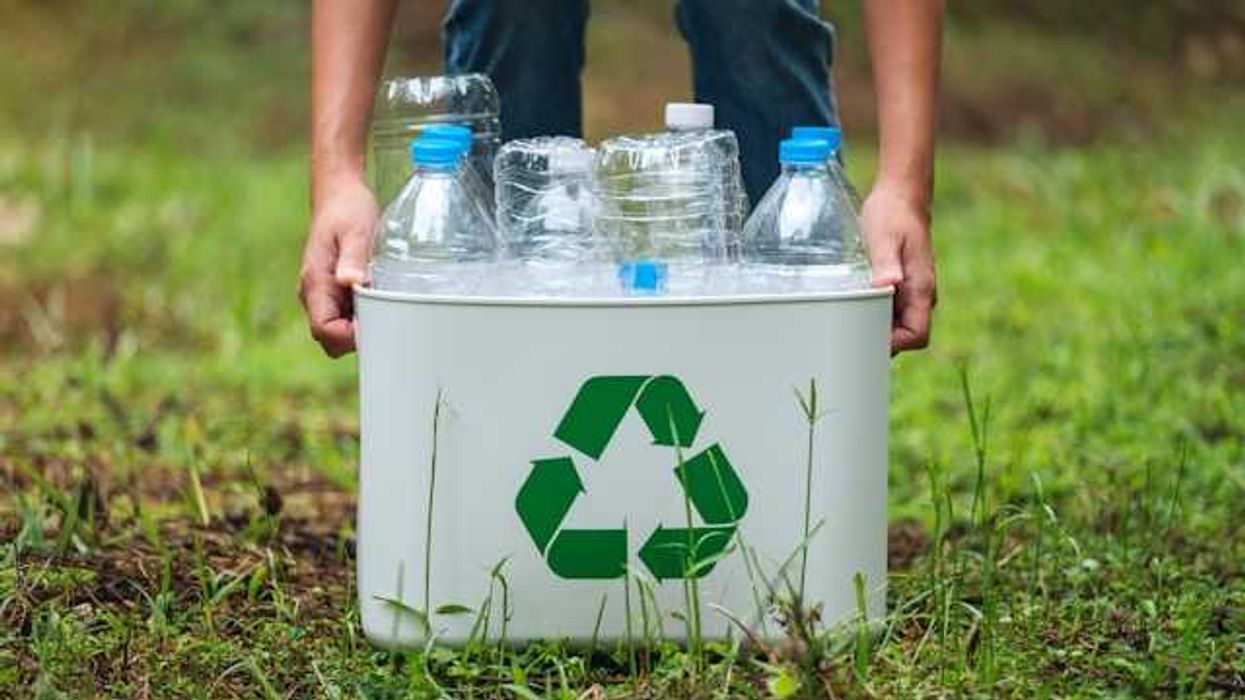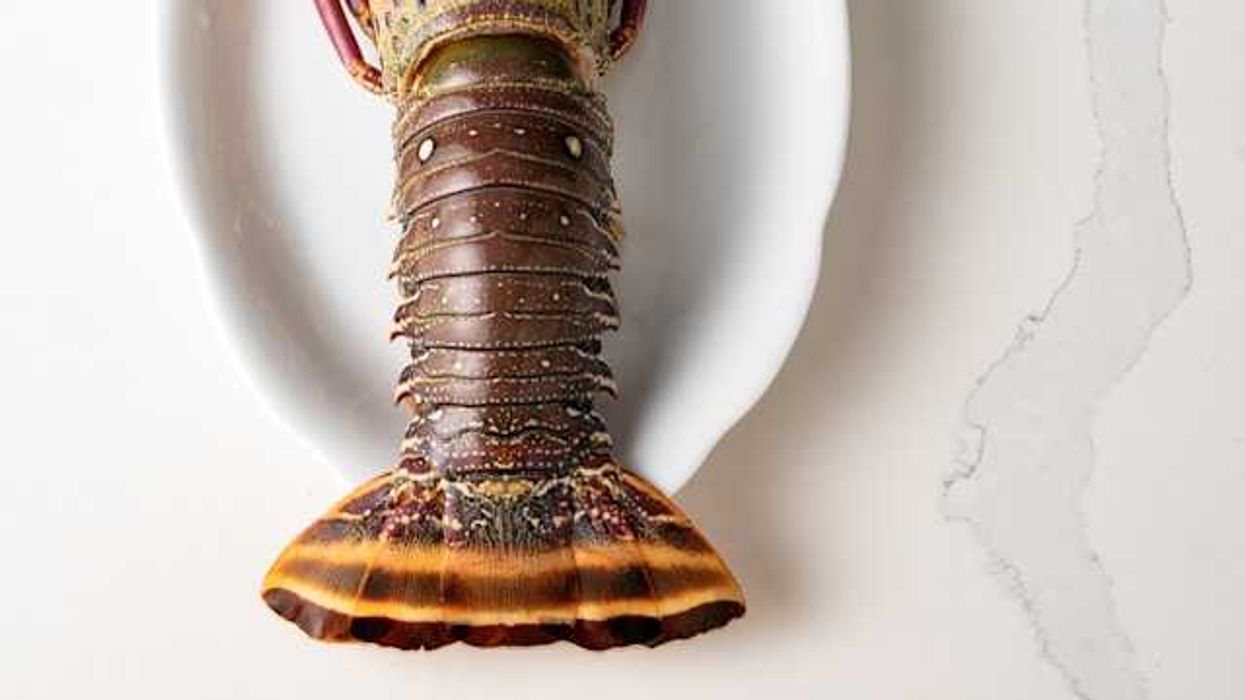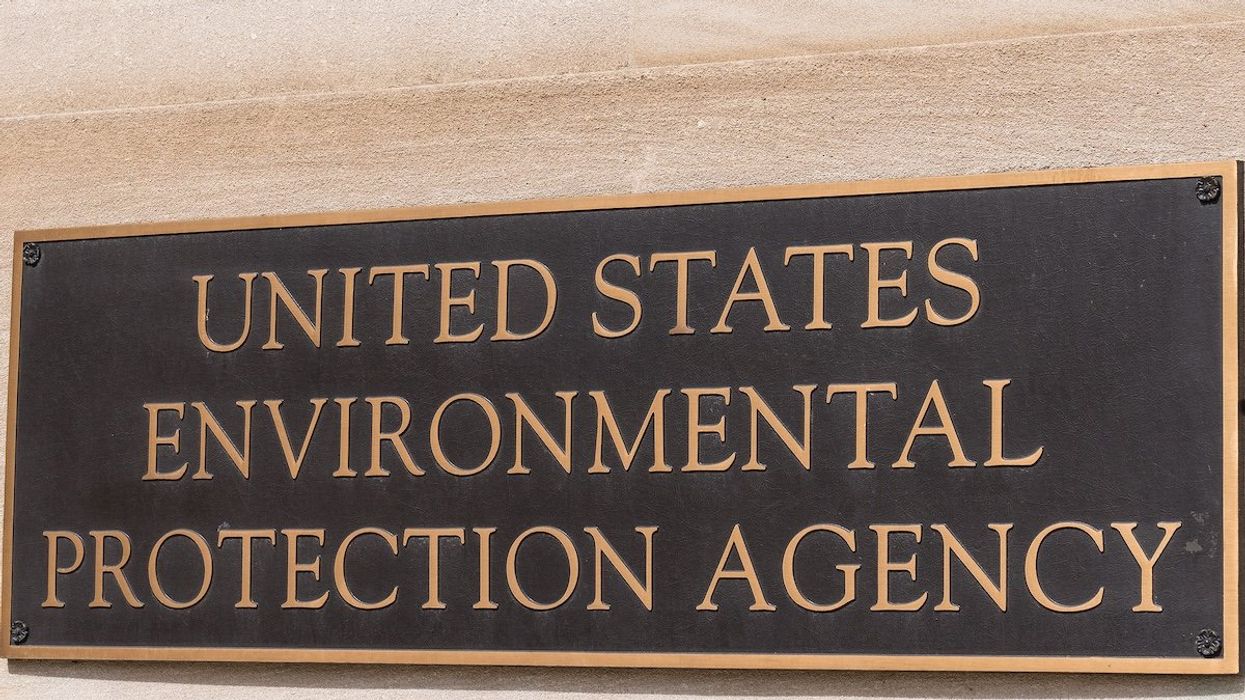Alberta’s government is weighing a plan to inject untreated oilsands wastewater deep underground, a move that could benefit a company with ties to political insiders and a controversial foreign drilling operation.
Charles Rusnell reports for The Tyee.
In short:
- Aqua Solutions, a Calgary company lobbying for underground disposal of oilsands tailings, participated in a government committee that recommended the very method Aqua hopes to profit from.
- Aqua’s lobbying firm includes a partner married to Alberta’s environment minister, raising conflict-of-interest concerns, though the firm didn’t officially list the environment ministry as a target.
- The company’s board includes a former Alberta cabinet minister who also chairs ReconAfrica, a firm under RCMP investigation for possible corruption and environmental harm in Namibia’s Okavango Delta.
Key quote:
"Because people drink the water, it is not just fish habitat. But the oilsands companies let the problem get so big that now they are just grasping at straws and trying to find the cheapest solution for industry."
— Mandy Olsgard, former senior toxicologist with the Alberta Energy Regulator (AER)
Why this matters:
Injecting toxic wastewater underground sounds hidden and safe, but the geology often says otherwise. In Alberta, the oilsands tailings ponds already leak into groundwater feeding rivers like the Athabasca. Injecting billions of liters of untreated mine water into deep wells could create new, poorly understood pathways for contamination. Fractures in bedrock can connect supposedly sealed aquifers to surface water, a risk dismissed as hypothetical by proponents but feared by scientists and Indigenous communities living downstream. Meanwhile, Alberta’s regulatory body, the AER, has a long record of weak oversight and industry entanglement.
Related: Study finds Alberta oil and gas pollution linked to higher health risks














